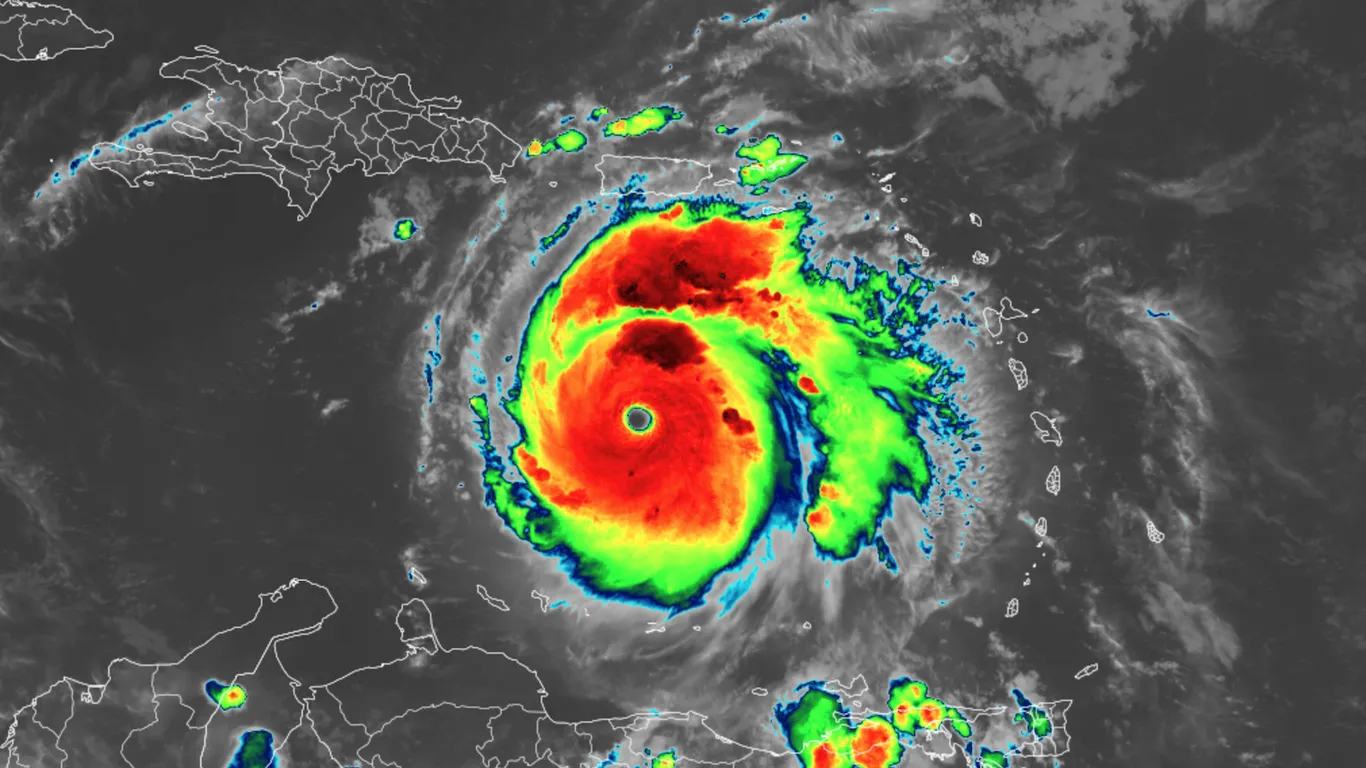As Hurricane Beryl intensifies into the earliest Category 5 hurricane ever recorded in the Atlantic basin, the conversation around climate change and its impact on extreme weather events is gaining renewed urgency. While scientists maintain a cautious approach, avoiding direct attributions without exhaustive evidence, the visible signs of a warming planet are becoming harder to ignore.
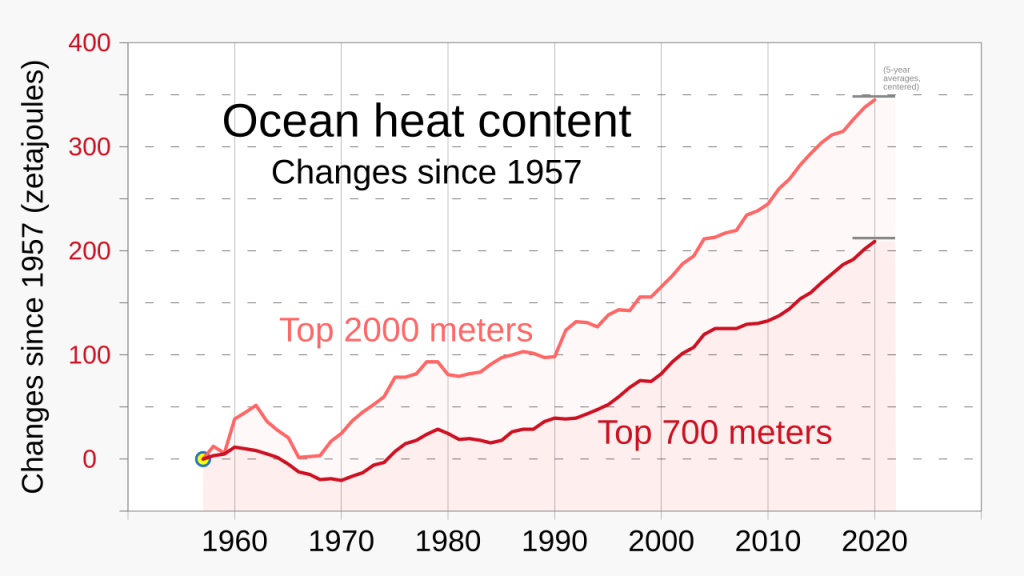
Hurricane Beryl’s rapid intensification to a Category 5 storm, with sustained winds of 140 knots (161 mph), sets a new record. This unprecedented event, occurring earlier than any other Category 5 hurricane in recorded history, is not just a statistical anomaly. It is a stark reminder of the changing climate and its profound effects on our weather systems.
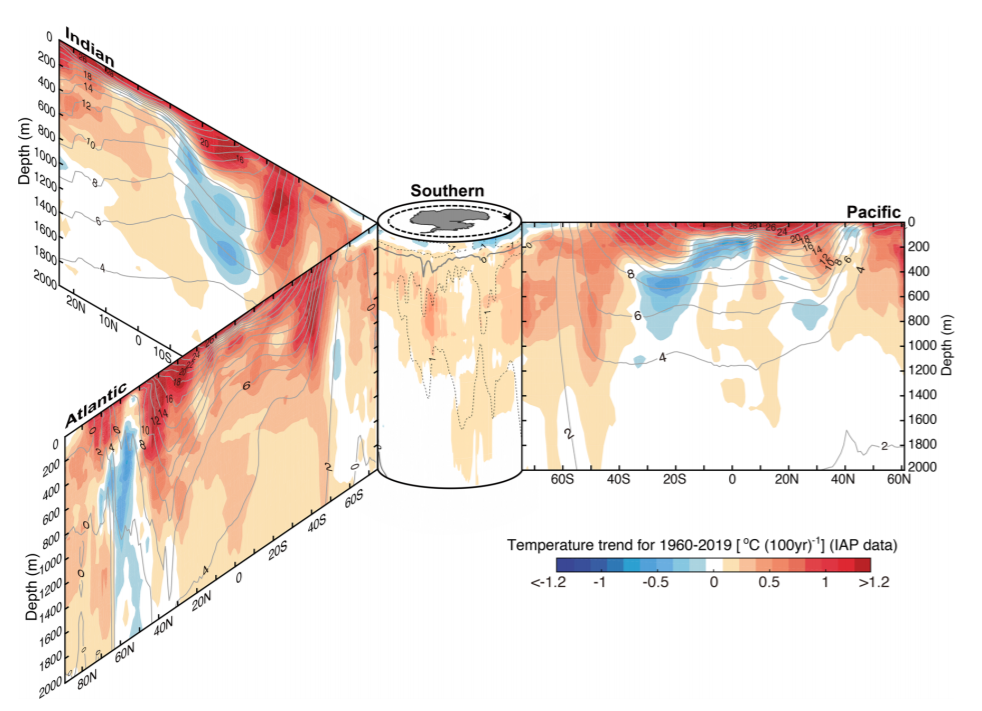
Climate scientists are meticulous in their approach to linking specific weather events to climate change. This caution is necessary to maintain the integrity of their research and ensure that conclusions are based on robust, peer-reviewed evidence. Attribution studies, which determine the extent to which climate change influences particular events, require complex modeling and extensive data analysis. However, this rigorous scientific process often means that scientists refrain from making immediate claims about the role of climate change in specific hurricanes. Instead, they focus on long-term trends and patterns that show an increase in the frequency and intensity of extreme weather events as global temperatures rise.
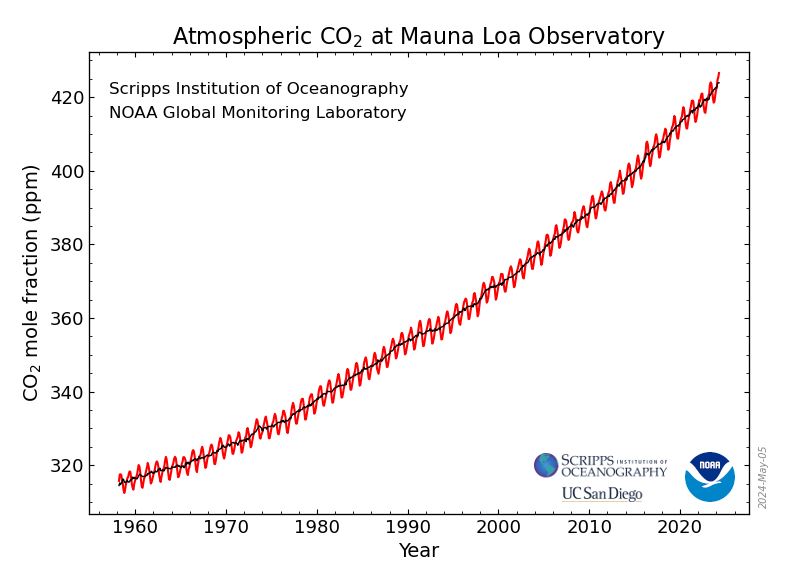
While scientists proceed with caution, the evidence of climate change is becoming increasingly apparent to the general public. The intensification and unprecedented timing of Hurricane Beryl offer a visible and dramatic example of the consequences of a warming planet. As CO2 levels rise and more energy is retained in the atmosphere, the conditions become ripe for more powerful and frequent storms. Higher atmospheric CO2 levels trap more heat, leading to warmer sea surface temperatures. Hurricanes draw their energy from warm ocean waters, and the additional heat provides more fuel for these storms to intensify rapidly. The patterns and behaviors of hurricanes are shifting. The early formation of a Category 5 hurricane like Beryl suggests that the window for extreme weather events is expanding, potentially leading to more destructive storms earlier and later in the hurricane season.
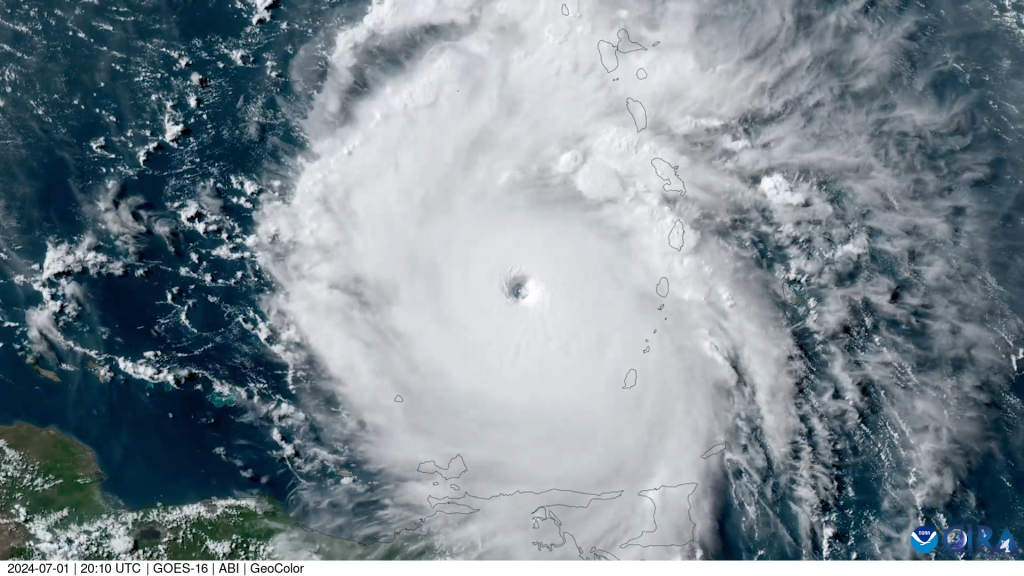
A satellite image of Hurricane Beryl tells a compelling story. The storm’s massive, well-defined structure, with a clear and powerful eyewall, is a testament to its unprecedented strength. For laymen, this image is a stark and undeniable indication of the changing climate. The sheer size and intensity of Beryl, so early in the season, are difficult to attribute to anything other than the increased energy in our warming oceans and atmosphere.
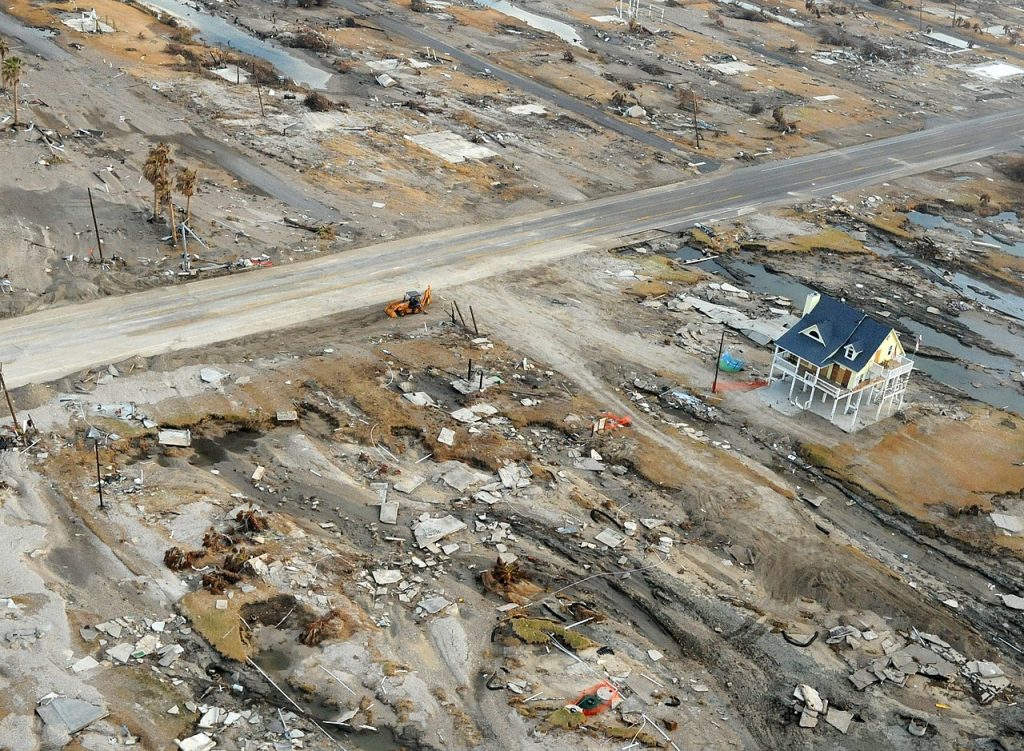
The visible signs of climate change, exemplified by Hurricane Beryl, call for immediate and sustained action. While scientists continue their vital work to understand and quantify these changes, the general public and policymakers must recognize the urgency and act accordingly. Reducing greenhouse gas emissions is critical to slowing the rate of climate change. Policies that promote renewable energy, energy efficiency, and sustainable practices are essential. Communities, particularly those in hurricane-prone areas, need to invest in infrastructure and strategies to adapt to more frequent and intense storms. This includes improved building codes, better emergency preparedness, and resilient infrastructure. Education and public awareness campaigns can help people understand the connection between climate change and extreme weather events. This knowledge is crucial for garnering public support for necessary policies and actions.
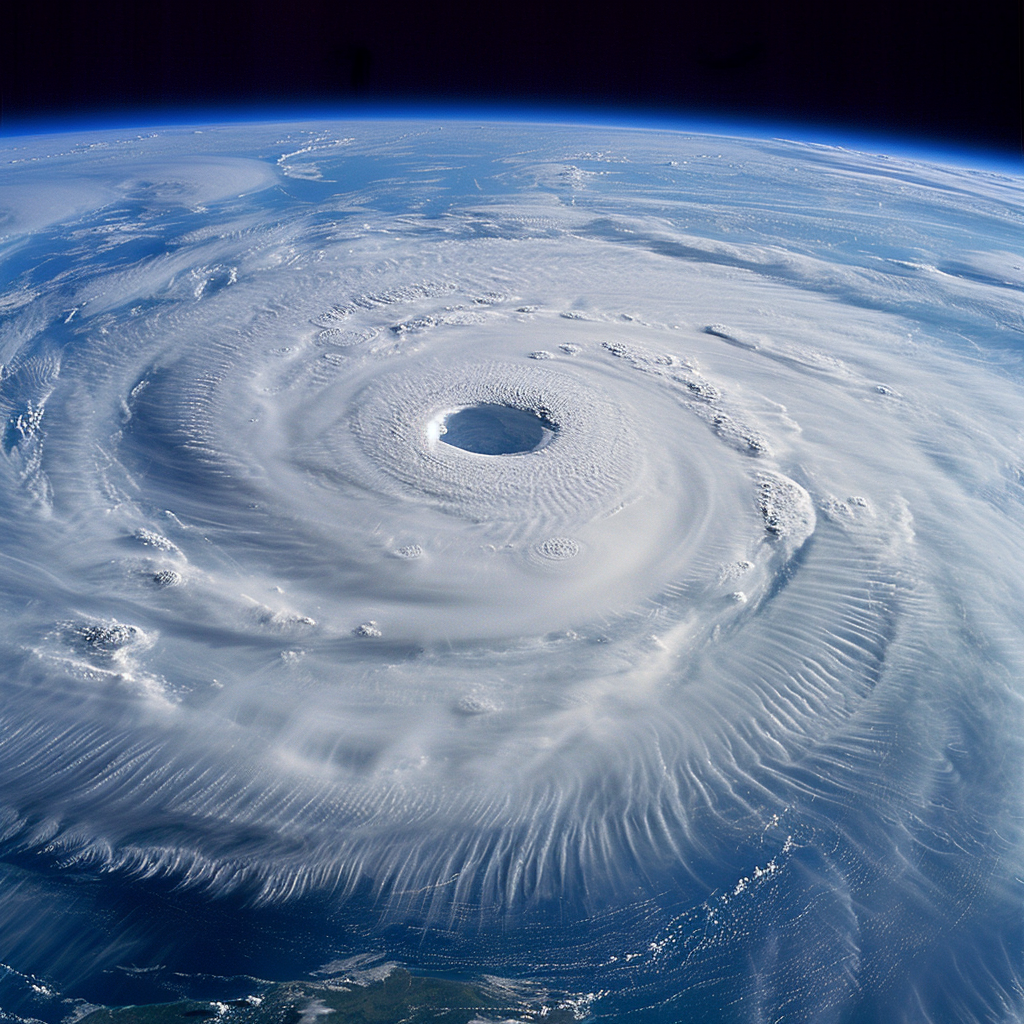
Hurricane Beryl stands as a powerful symbol of the visible impacts of climate change. While scientists rightfully exercise caution in their attributions, the evidence seen through satellite images and the unprecedented nature of Beryl speak volumes. It is a call to action for all—recognizing the reality of a warming planet and taking decisive steps to mitigate and adapt to its impacts.

Link to Study: Links between climate change and hurricanes in the North Atlantic

